Exhibition List
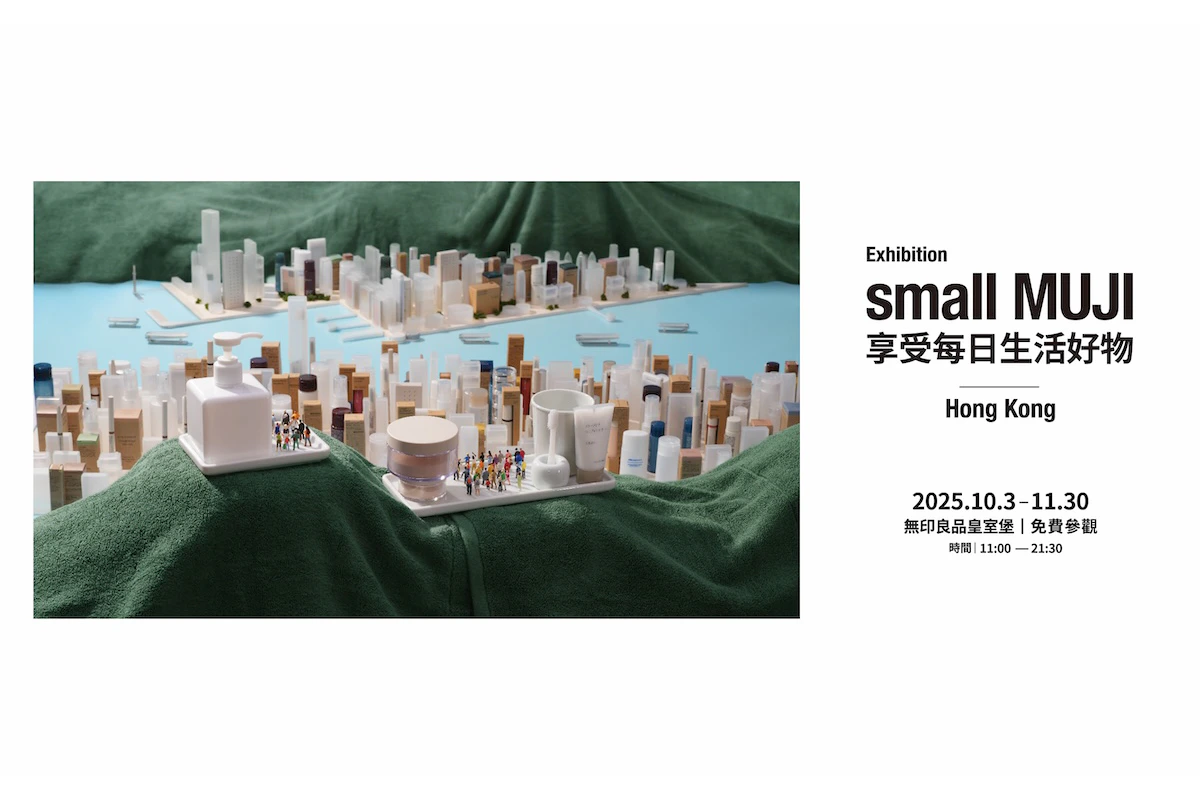
small MUJI Exhibition
- Enjoying Everyday Items
October 3 (Fri) ー November 30(Sun), 2025
Venue|MUJI Windsor House
Touring Exhibition
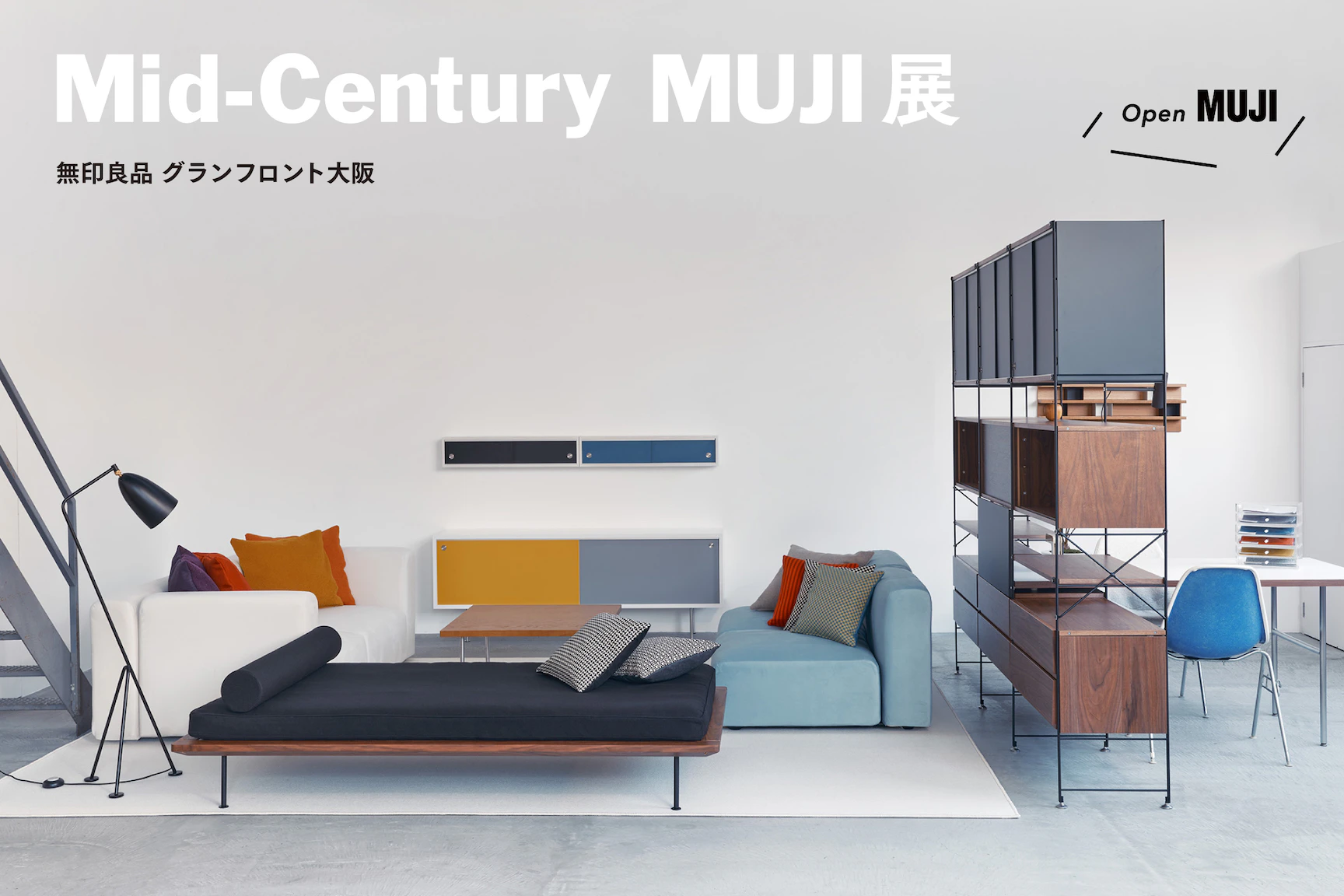
Mid-Century MUJI Exhibition
September 19 (Fri) ー October 13 (Mon) , 2025
Venue|MUJI GRAND FRONT OSAKA 4F Open MUJI
Touring Exhibition
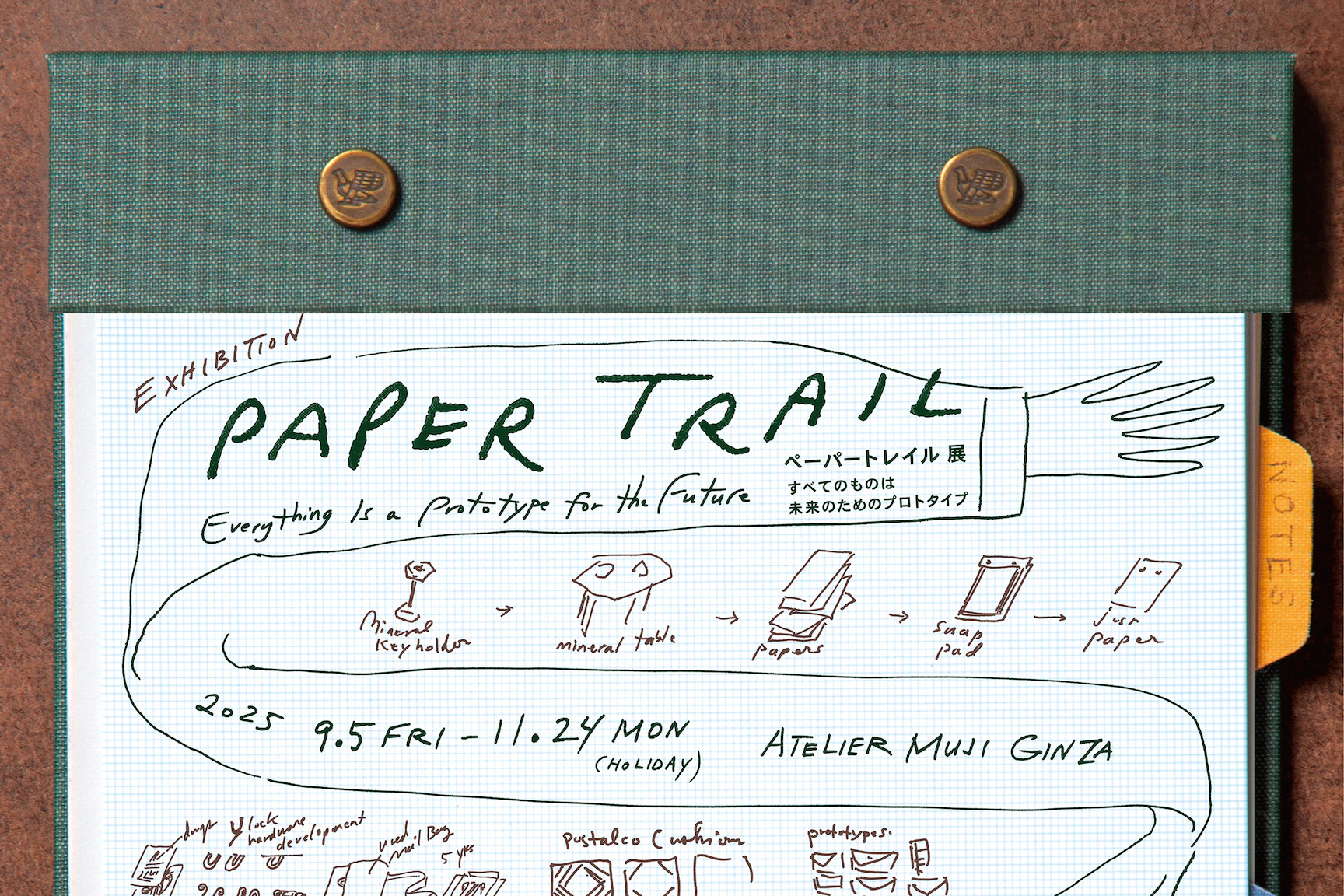
Exhibition : Paper Trail
-Everything is a prototype for the future-
September 5 (Fri) ー November 24 (Mon) , 2025
Venue|ATELIER MUJI GINZA
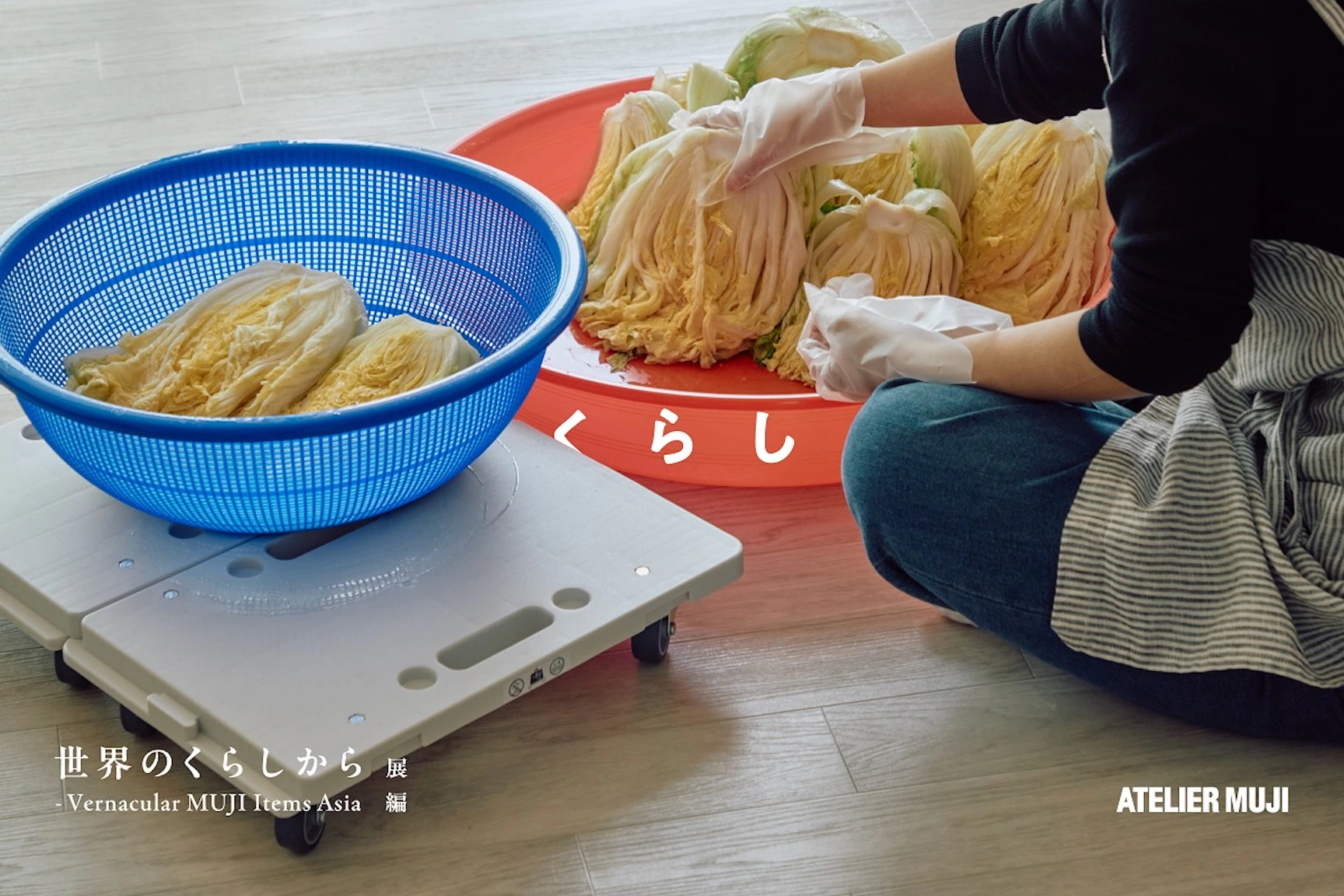
Everyday Living Around the World
– Vernacular MUJI : Asia edition
June 27 (Fri) ー August 31 (Mon), 2025
Venue|ATELIER MUJI GINZA
Touring Exhibition
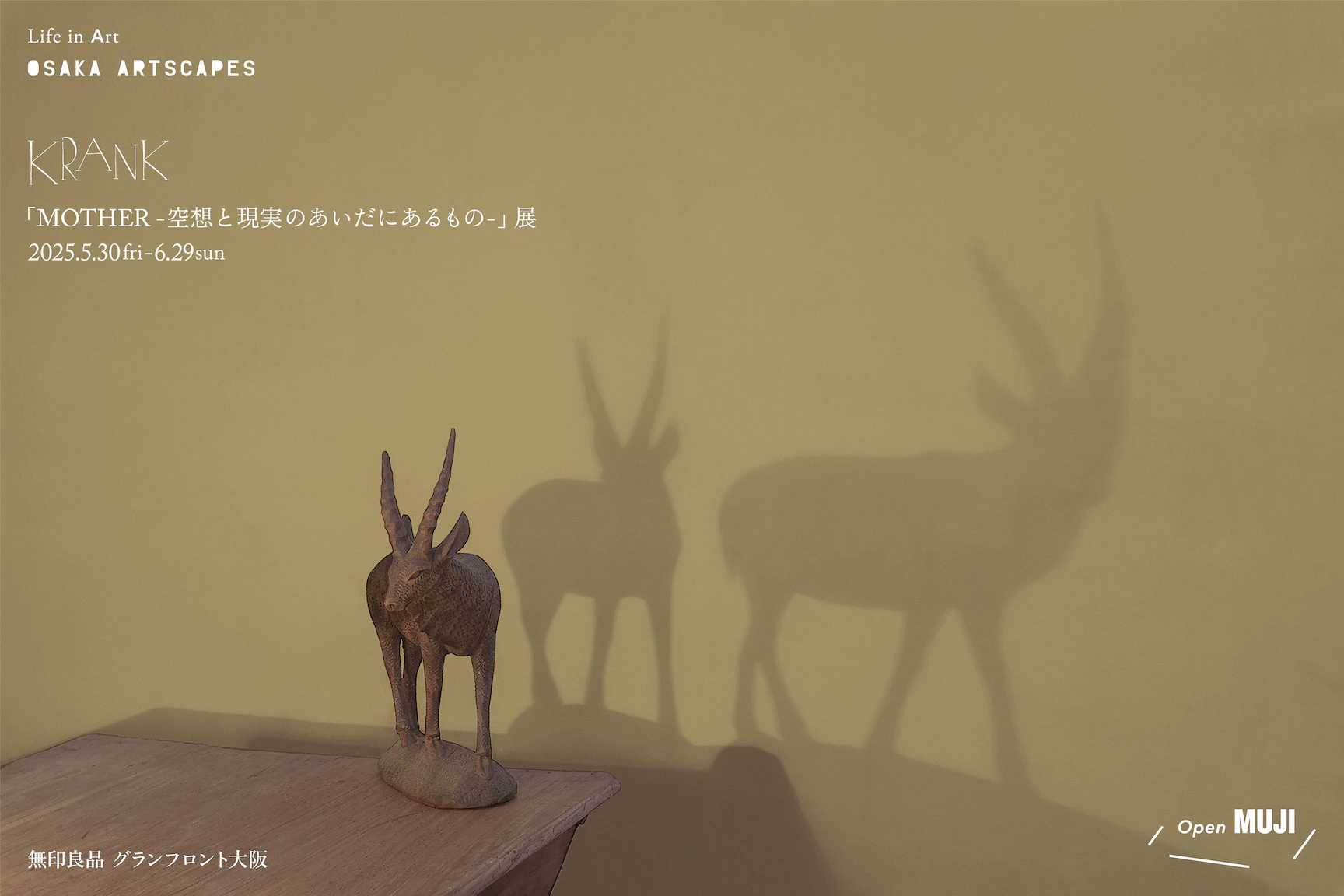
Life in Art “OSAKA ARTSCAPES 2025”
【SpecialTouring Exhibition】
krank "MOTHER - The Realm Between Imagination and Reality"
May 30 (Fri) ー June 29 (Mon), 2025
Venue|MUJI GRAND FRONT OSAKA 4F Open MUJI
Touring Exhibition

small MUJI Exhibition
- Enjoying Everyday Items
May 16 (Fri) ー June 8 (Sun), 2025
Venue|MUJI Fifth Avenue
Touring Exhibition
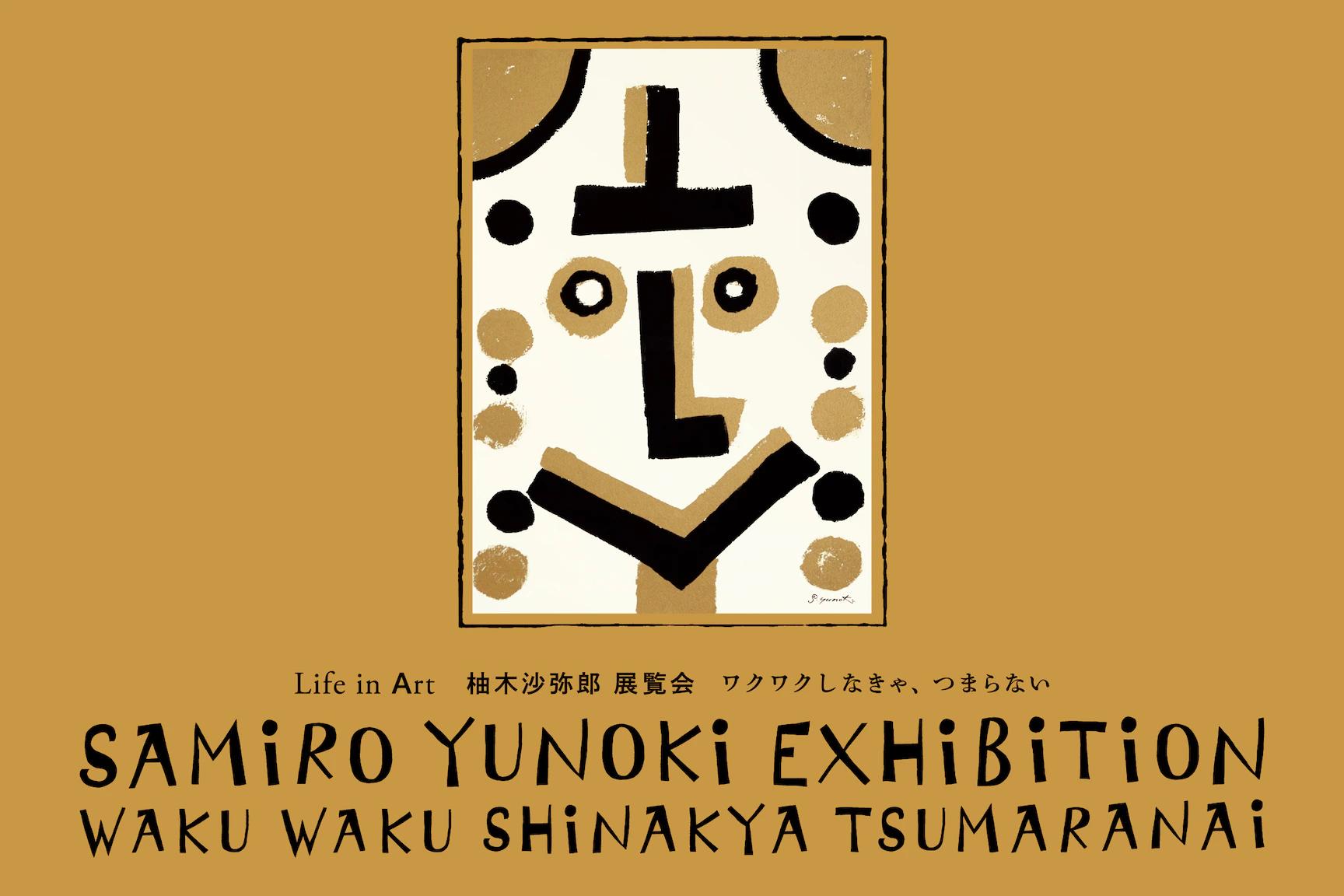
Life in Art
Samiro Yunoki Exhibition: No Excitement, No Fun
April 18 (Fri) ー June 22 (Sun), 2025 *Period extended
Venue|ATELIER MUJI GINZA
Life in Art
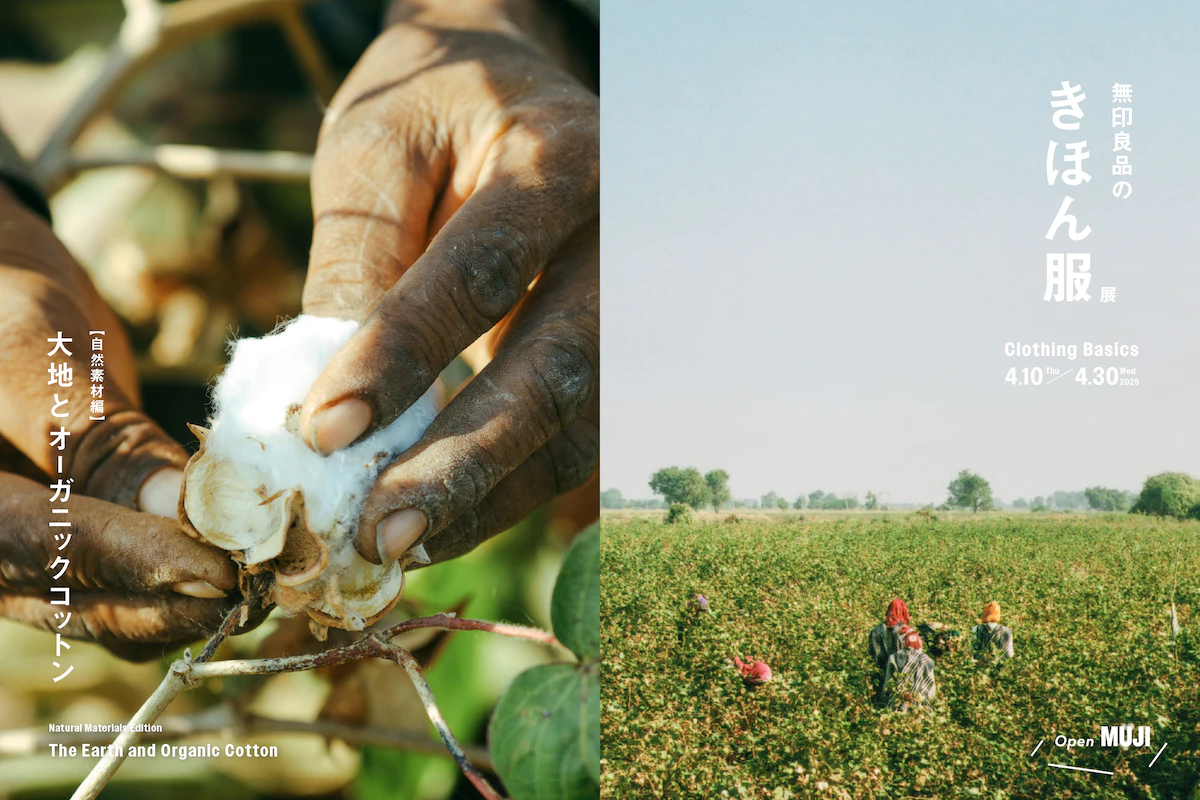
Clothing Basics Exhibition:
Natural Materials Edition
-The Earth and Organic Cotton -
April 10 (Thu) ー April 30 (Wed), 2025
Venue|MUJI GRAND FRONT OSAKA 4F Open MUJI
Touring Exhibition
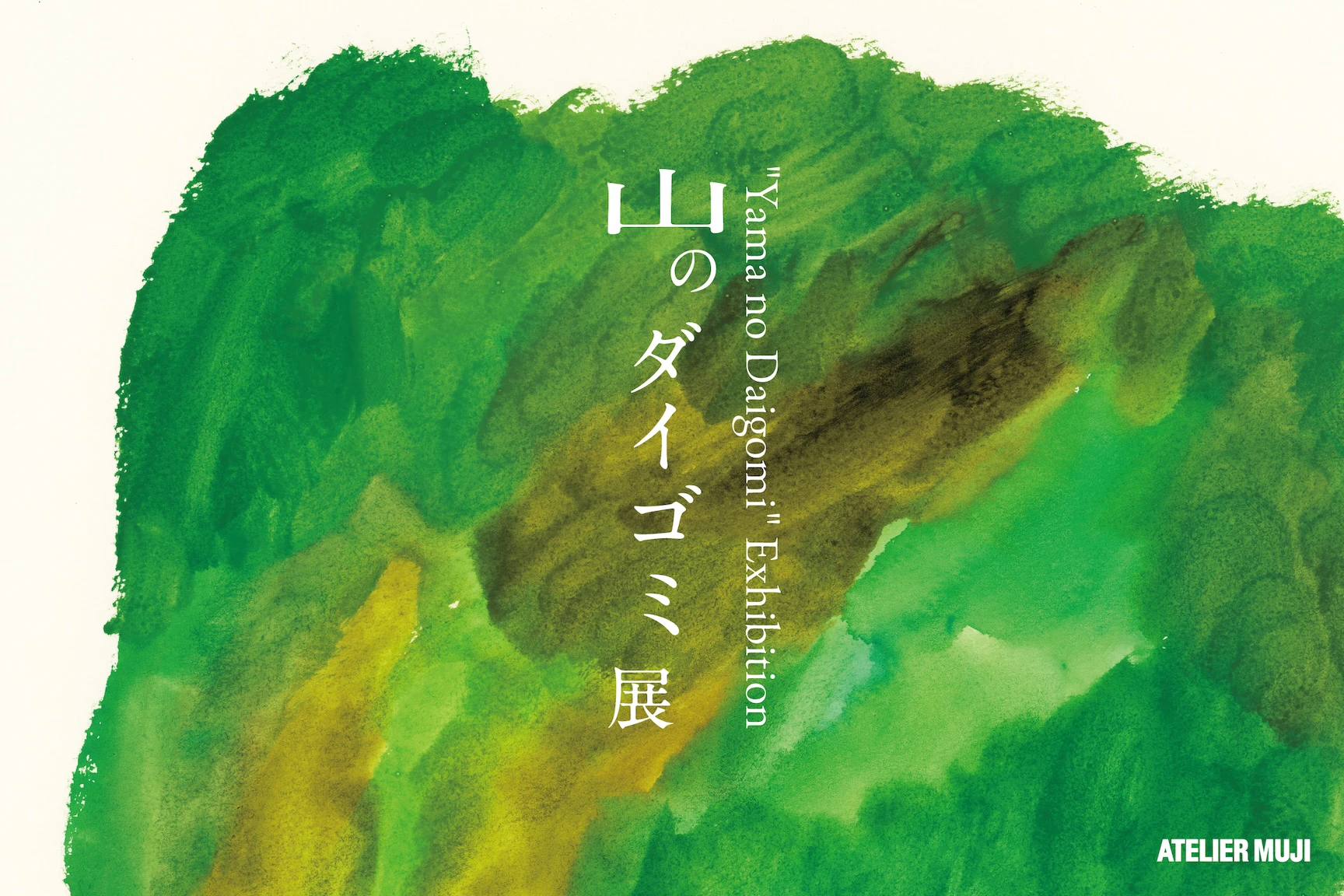
"Yama no Daigomi” Exhibition
January 31 (Fri) ー April 13 (Sun), 2025
Venue|ATELIER MUJI GINZA
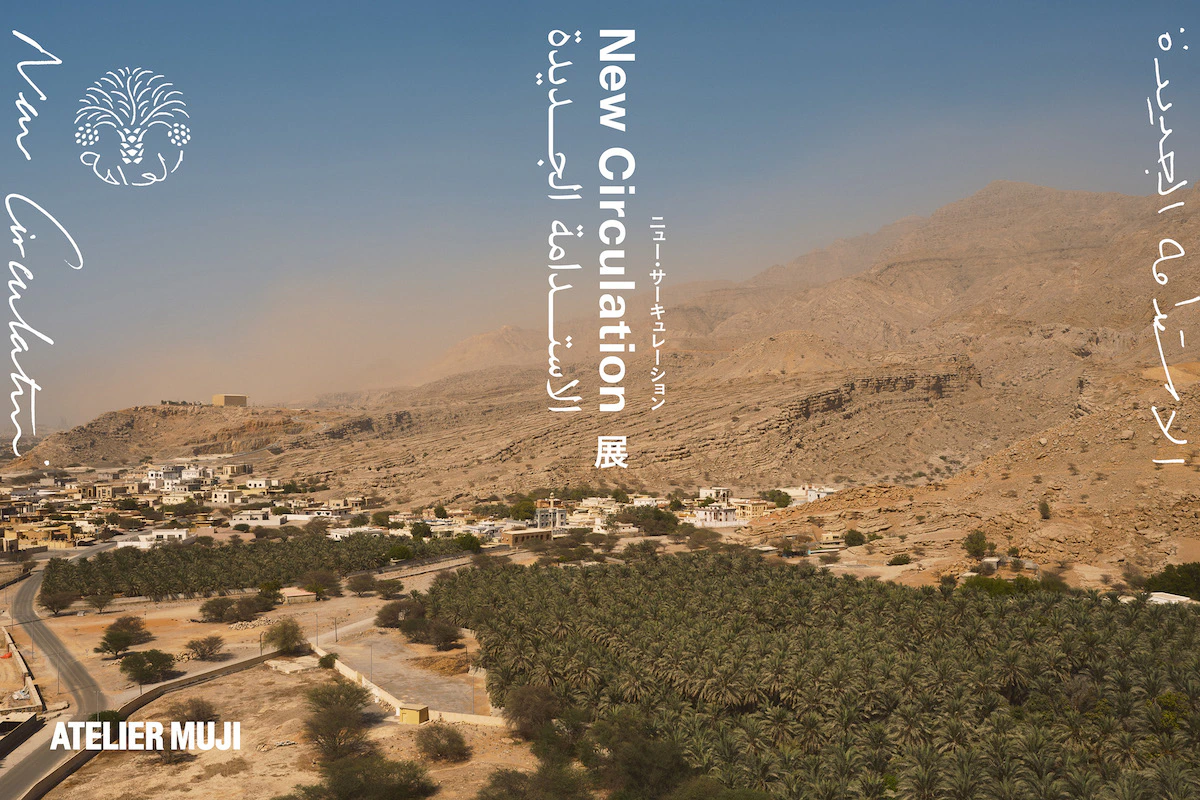
Exhibition:New Circulation
November 29 (Fri) ,2024ー January 26(Sun) ,2025
Venue|ATELIER MUJI GINZA
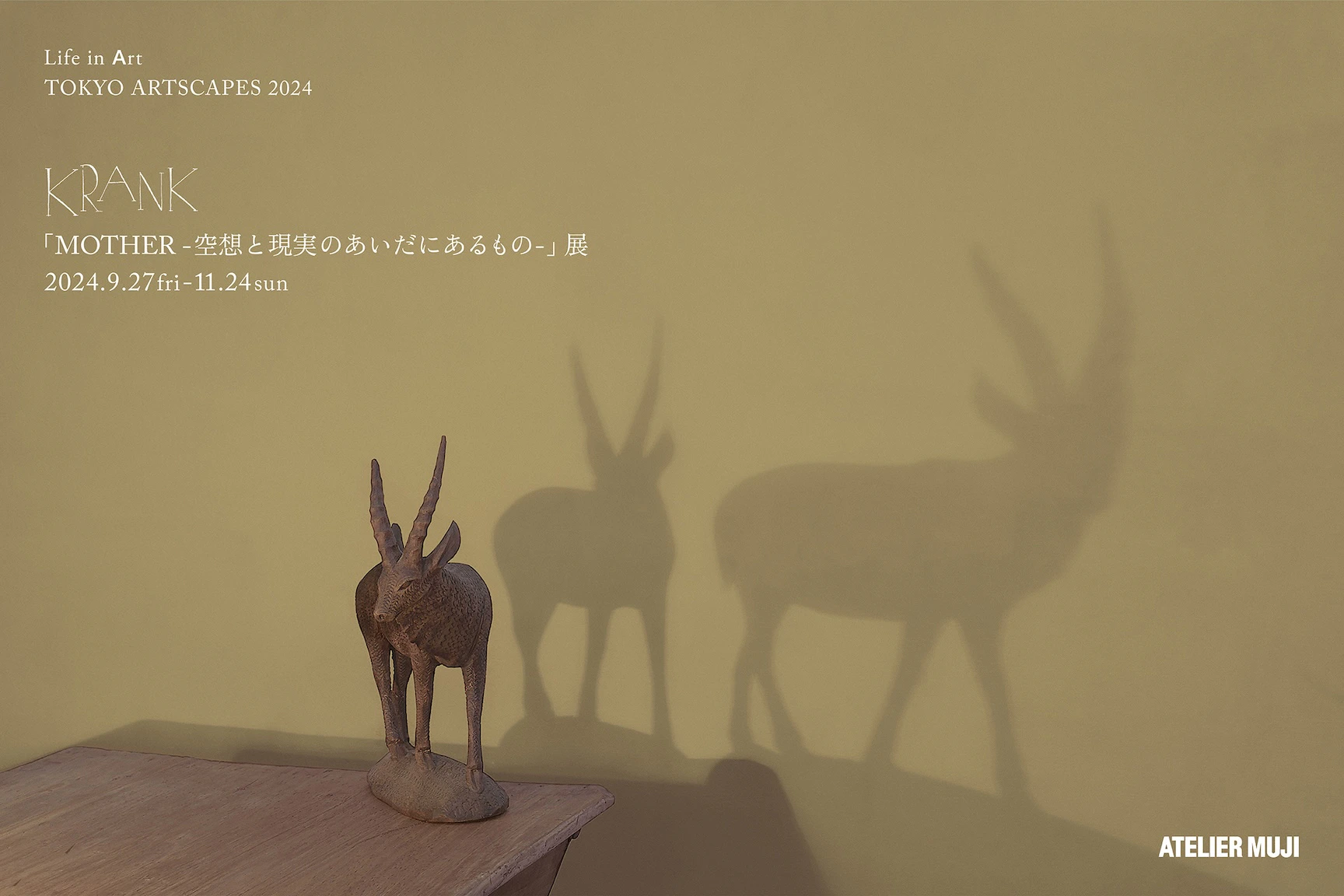
Life in Art
“TOKYO ARTSCAPES 2024”
krank "MOTHER - The Realm Between Imagination and Reality"
September 27 (Fri) ー November 24 (Sun), 2024
Venue|ATELIER MUJI GINZA
Touring Exhibition
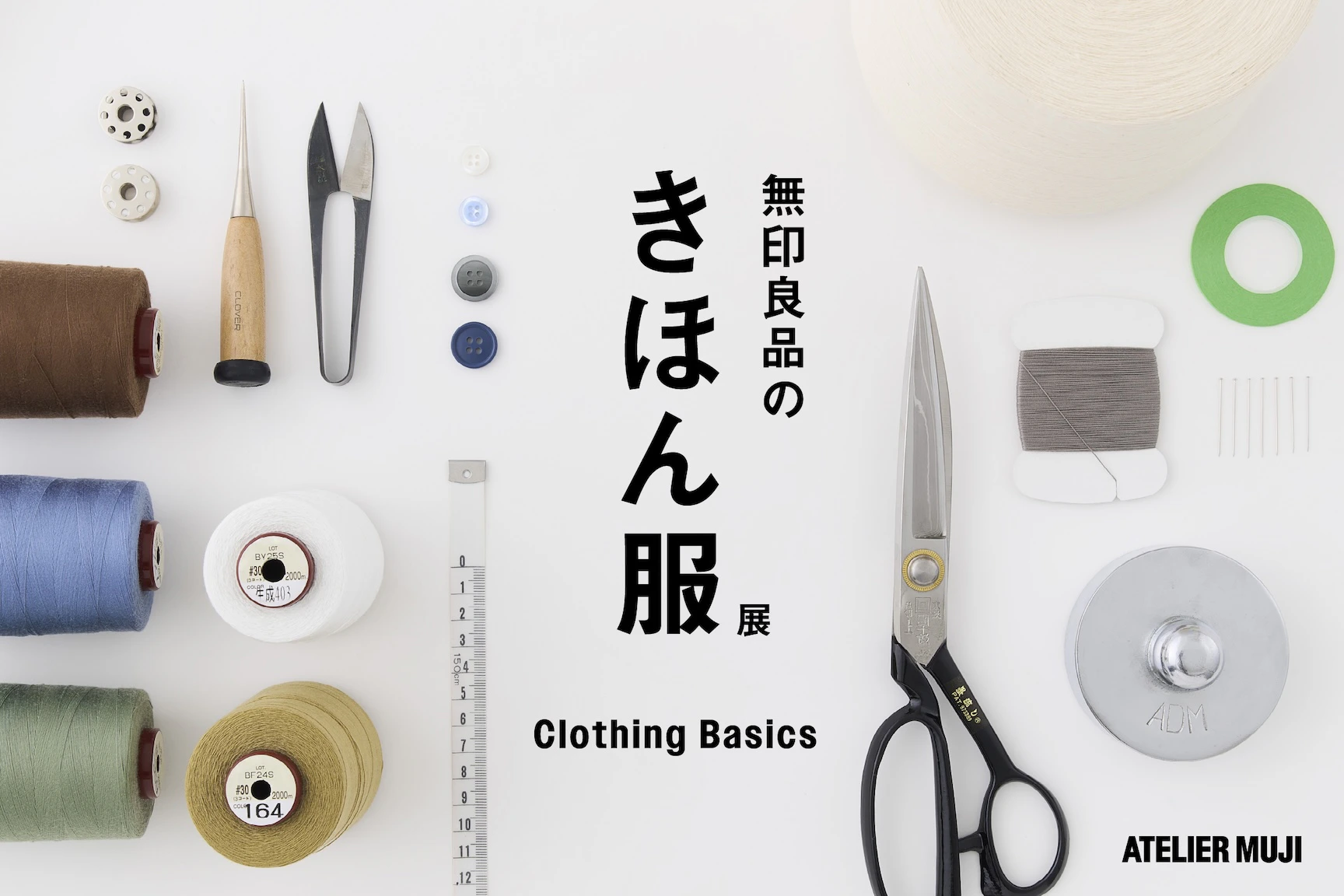
Clothing Basics Exhibition:
無印良品のきほん服
September 6 (Fri) ー September 23 (Mon), 2024
Venue|ATELIER MUJI GINZA
Touring Exhibition